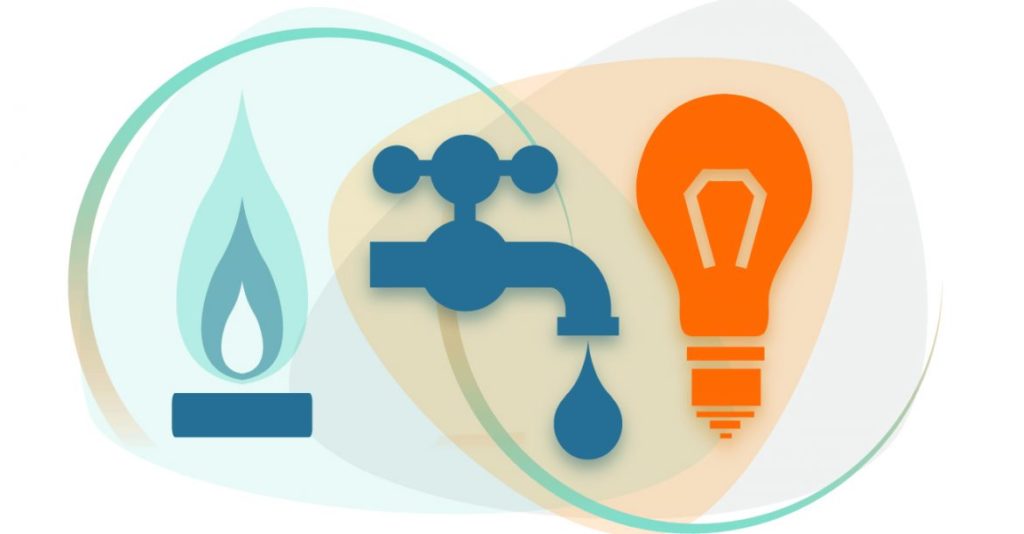
An often overlook discussion of multifamily investing are utilities. While the topic may not be top of mind among most investors having a plan reading them could mean the difference between added income or incurring unnecessary expenses. In this five part series I’ll share my thoughts on different utility billing methods as well as potential money saving strategies and benefits.
Convergent Billing
In many apartment properties, including vintage properties, tenants may often be faced with a variety of separate bills to pay each month. These can include bills for rent, water, electricity, trash, garage fees, pet fees, sewage, and other expenses. This can be a lot to keep track of and can often lead to tenants forgetting to pay a few of them. To mitigate that risk, consider the process of convergent billing. Convergent billing is when all a tenant’s bills (including rent and all utilities) are placed on one statement. Tenants who receive an organized statement are much more likely not forget which bills they have to pay and pay their utilities on time.
Submetering
If the multifamily property is currently not sub-metered, you may want to consider installing a sub-metering system for major the utilities, such as gas, water, and electricity. Sub-metering tracks each tenant’s individual usage, and therefore, is the best way to accurately charge tenants for the precise amount of utilities they’re using. In addition, since sub-metering holds each renter accountable for their individual utility use, it’s an ideal way to reduce overall water and energy use. New technologies have driven down the cost of sub-metering. However, it can still be an expensive process, and may not be right for every investment. The best way to determine if sub-metering is right for your investment, contact a few local installation firms for quotes to compare coast vs return on investment over the hold period.
Ratio Utility Billing System (RUBS)
If you discover that sub-metering falls outside your cost improvement budget, utilizing a Ratio Utility Billing System (RUBS) could be the perfect solution. Utilities that can be charged to residents via RUBS include electricity, gas, water, sewer, and trash. Unlike sub-metering, RUBS generally does not require any kind of physical changes or the installation of any equipment. Instead, RUBS uses standardized formulas to allocate each unit a reasonable fraction of the building’s overall utility expenses. Considered factors include unit size, total number of bathrooms, and the total number of tentants. In many cases, RUBS can be started at zero cost to the operator and can be charged to residents as a small fee along with their overall monthly utility bill. A RUBS program can result in a 5%-40% reduction in overall utility use; plus, RUBS has been recommended by both the National Apartment Association (NAA) and the EPA as an excellent way for multifamily apartment investors and owners to incentivize their tenants to reduce electricity use and conserve water.
Utility Benchmarking
Utility benchmarking is a process whereas a firm will analyze and track an apartment’s utility use over a specified period of time. The resulting data can be utilized to compare the building to like properties and uncover ways to reduce the property’s utility usage. Utility benchmarking also has a variety of additional benefits, including helping owners discover billing errors, locating broken equipment, and qualify for green financing programs, such as Fannie Mae Green Financing and Freddie Mac Green Advantage. In most parts of the country utility benchmarking is optional, but for some buildings in California it is mandatory, in particular, buildings larger than 50,000 sq. ft., or those with eighteen or more unit meters. Lastly, HUD has also made mention of requiring multifamily borrowers to engage in utility benchmarking, but has not enacted the consideration as borrowing requirement.
Vacant Unit Cost Recovery
Believe it or not, statistically, 3-5% of all apartment renters are not paying their utility bills. Why? Typically, this is due to paperwork errors that leave the apartment investor or operator responsible for paying the unit’s utility costs (i.e. the tenant didn’t put the utilities in their name). In the process of Vacant Unit Cost Recovery (VUCR)), sometimes referred to as Vacant Cost Recovery (VCR), an investor or operator will analyze the property’s utility use and billing history in order to charge tenants for their previously unpaid utility usage. For larger property’s, especially those with antiquated billing systems, this could lead to the recovery of thousands of dollars in utility expense cost.
Are you interested in learning more about creating turnkey passive income and generational wealth through multifamily apartment investing? Visit syndicationcapital.net for free information, guides and resources that will help you get started.

